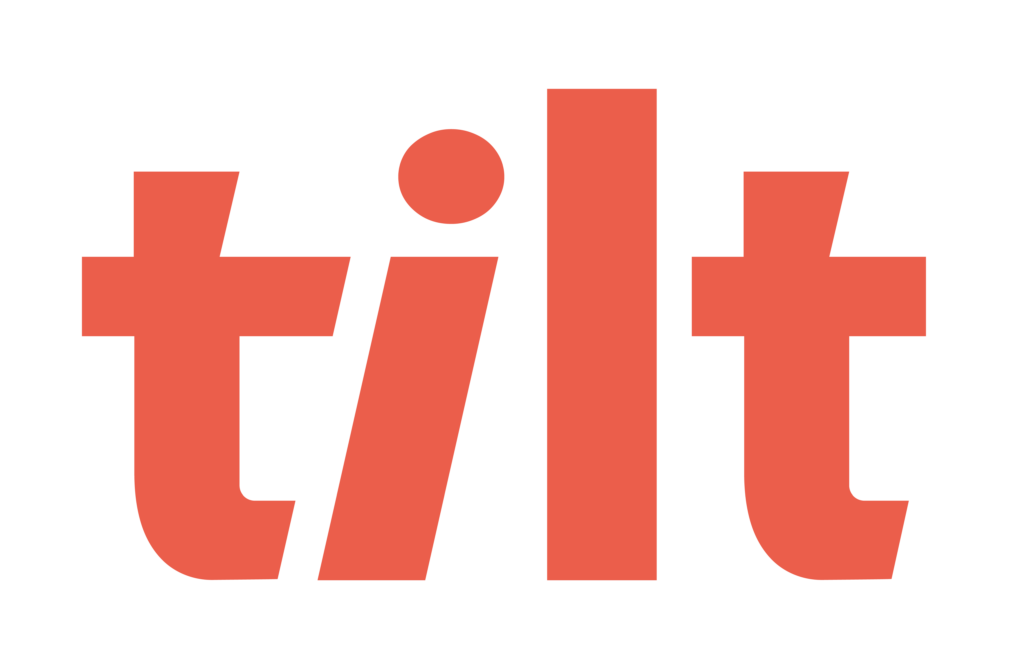From navigating shifting employee expectations to tackling widespread burnout, HR leaders are facing an ever-growing list of responsibilities and your roles have never been more complex.
In spite of that, one challenge remains at the core of a well-functioning organization: effective leave management.
When managed well, employee leave goes beyond checking necessary boxes and can turn into an opportunity to strengthen organizational resilience, support employees, and enhance overall business performance.
However, achieving the right balance of flexibility, control, and peace of mind when it comes to leave requires a strategic approach. One that empowers HR rather than limits it.
The Evolving Landscape of Leave Management
Over the past few years, leave policies have undergone significant shifts, driven by changing workforce demographics and a heightened focus on employee well-being. Employees today expect more than just the standard PTO package, they want options that fit their evolving needs, from mental health days to extended parental leave.
Beyond employee expectations, legal requirements around leave management continue to evolve, adding another layer of complexity for HR teams. The 2025 NFP US Leave Management and HR Trend Report highlights how staying compliant with changing laws is critical to avoiding costly penalties and maintaining competitive leave policies.
Tilt’s 2025 Leave Benchmark Report takes it a step further and shows just how critical getting leave right is to business success.
Leave is complex and it’s critically important for a business to get right. So what’s your option to give you the right blend of technology, human support and oversight to get the job done without adding more stress to your plate?
The Pitfalls of Leave Management Blindspots
To reduce administrative burdens, some organizations turn to third-party providers to handle leave management entirely. While this can free up time for HR teams, it often comes at the cost of visibility and flexibility, two key factors in ensuring that leave is managed effectively and in alignment with company culture.
Outsourcing can result in a one-size-fits-all approach that fails to consider the unique needs of your workforce. Without direct oversight, HR leaders lose the ability to proactively address leave-related challenges, make adjustments in real time, or leverage leave data strategically. Instead of an asset, leave becomes an administrative black hole—disconnected from broader HR and business strategies.
Why In-House Leave Management No Longer Cuts It
For many HR teams, managing leave in-house was once the only way to retain control. But today, that control often feels like an illusion. With leave laws constantly shifting, employee expectations evolving, and the sheer volume of administrative tasks increasing, HR leaders are understandably overwhelmed.
The unpredictability of leave management makes it nearly impossible to stay ahead. Each leave request comes with a flood of to-dos from eligibility verification, leave plan building, compliance tracking, payroll coordination, employee communication, and workforce planning.
The process is dynamic, requiring constant adjustments based on evolving circumstances. Instead of feeling in control, HR is stuck in a reactive cycle, always one step behind.
Rather than enabling HR to be strategic, in-house leave management is consuming valuable time and energy that could be spent on higher-impact initiatives.
Not to mention it puts your organization at serious risk of violations and overpayments.
Organizations need a better solution. One that preserves flexibility and oversight without the burden of endless manual processes.
Addressing HR Burnout Through Smarter Leave Management
HR leaders are no strangers to burnout. In fact, an overwhelming 98% of HR professionals report experiencing burnout, with 94% feeling overwhelmed and 88% dreading work in the past six months.
A significant contributor to this stress is the manual, fragmented nature of leave management. Juggling so many moving parts, especially at scale, can quickly become unmanageable without the right systems in place.
By leveraging technology to streamline processes while maintaining complete oversight in the process, HR leaders can reduce administrative strain, minimize errors, and gain back valuable time to focus on higher-impact initiatives, and peace of mind over one of the most complicated responsibilities.
The Role of Technology in Modern Leave Management
Organizations are increasingly turning to tech-driven solutions to improve leave management efficiency. Over 60% of businesses now incorporate automated leave tracking, reflecting a significant shift toward digital transformation in HR.
Modern leave management platforms give HR teams the ability to effortlessly:
- Automate manual processes like leave plans, tracking and payroll
- Incorporate the latest leave laws to ensure compliance
- Gain real-time visibility into leave trends and workforce availability
- Provide employees with clear guidance and 1-1 support reducing administrative burden and back-and-forth correspondence
- Integrate leave data with broader HR and payroll systems for a seamless experience
The right leave software should do all of this for HR teams no matter what leave types are being requested and no matter what state the employee resides in.
More importantly, it should do all of this for HR teams without removing them from the process. Leadership and employees alike expect HR to be in the know when it comes to organizational leave, and outsourcing the process entirely keeps organizations in the dark.
And if you’ve ever tried navigating even the simplest of tasks in the dark, well, you can see why it’s so important to have the flexibility to see all aspects of every leave when needed.
Trusting Leave Management Technology
For progressive HR leaders, the balance of flexibility, control, and peace of mind in leave management is critical.
While outsourcing may seem like an easy fix, it often creates more long-term challenges than it solves. By keeping leave management in-house, your team is drowning in a never-ending sea of uncertainty and paperwork.
However, by leveraging the right leave technology, HR teams can reduce burnout, ensure compliance, and use leave data strategically to support both employees and business objectives.
This is where Tilt comes in. Tilt’s leave management technology provides HR teams with the perfect balance of automation and control. Unlike traditional outsourcing, Tilt’s platform keeps HR in the driver’s seat as much as they want to be, ensuring compliance, streamlining processes, and delivering a seamless experience for both employees and administrators.
Tilt is the one leave solution that offers flexibility, control and delivers peace of mind when managing leaves of absence. Better leaves with less burnout was once a mere dream for HR teams, but now it’s a reality most organizations can’t afford to live without.
Tilt is leading the charge in all things leave of absence management through easy-to-use tech and human touch. Since 2017, our proprietary platform and Empathy Warriors have been helping customers make leave not suck by eliminating administrative burdens, keeping companies compliant, and providing a truly positive and supportive leave of absence experience for their people.







